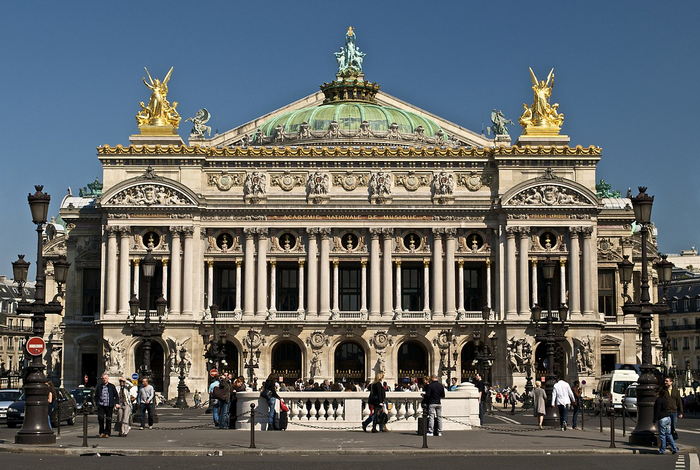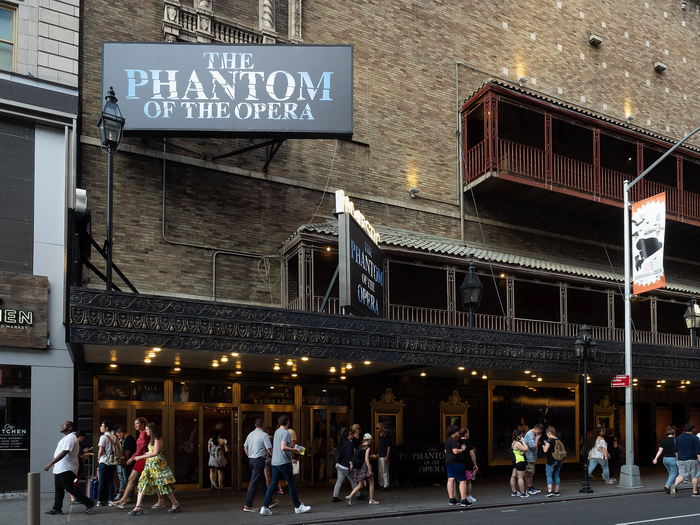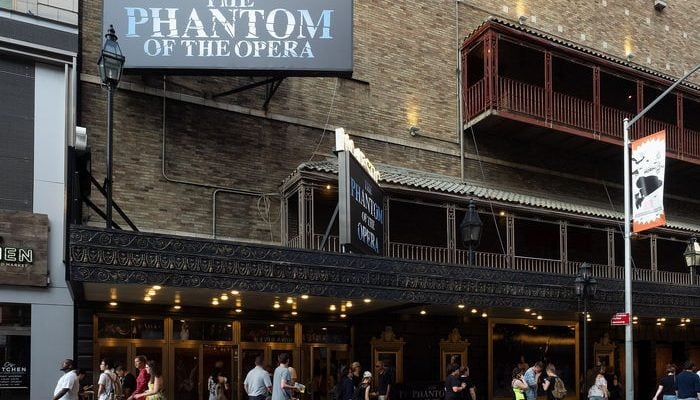You may have seen the show or hummed along to the songs. But how much do you really know about The Phantom of the Opera? This captivating musical has been enchanting audiences for decades, and there’s more to the story than what meets the eye. In this article, we’ll delve into 10 little-known facts about this legendary stage play, exploring its rich history and uncovering some surprising details. So, sit back, dim the lights, and let the music of the night guide you as we take a journey into the mysterious world of The Phantom of the Opera.
10 – The Phantom’s Origins
The Phantom of the Opera’s origins can be traced back to 1910 when Gaston Leroux penned the novel “Le Fantôme de l’Opéra.” Leroux was a French journalist and author, and while covering the Paris Opera House, he discovered a mysterious lake beneath the building. This hidden gem sparked his imagination, and he wove it into his novel as the Phantom’s underground lair. The book initially received modest success, but its popularity soared after the musical adaptation took the world by storm.
09 – The Longest-Running Broadway Show
The Phantom of the Opera holds the impressive record of being the longest-running show on Broadway. Since its opening in January 1988, the musical has captivated audiences for over 35 years and counting! This feat is a testament to the enduring appeal of the story and its memorable characters, as well as the mesmerizing music composed by Andrew Lloyd Webber. In fact, the show has been performed over 13,000 times, a staggering number that showcases its enduring popularity.

08 – The Chandelier Crash
One of the most iconic moments in The Phantom of the Opera is the dramatic chandelier crash. This unforgettable scene is inspired by a real-life event in 1896 when a counterweight from the Paris Opera House chandelier fell, killing a woman. Webber’s adaptation of this harrowing incident is both breathtaking and chilling, as the 1-ton chandelier plummets to the stage during each performance, leaving audiences on the edge of their seats.
07 – The Phantom’s Iconic Mask
The Phantom’s half-mask is one of the most recognizable symbols in musical theatre. This signature prop was created for the original stage production by costume designer Maria Björnson. The mask’s unique design allows the actor’s facial expressions to be visible, while also concealing the Phantom’s disfigurement. The mask has since become an emblem of mystery and intrigue, synonymous with the enigmatic character it represents.
06 – The Brilliant Mind Behind the Music
Andrew Lloyd Webber is the creative genius behind The Phantom of the Opera’s unforgettable score. His compositions, such as “The Music of the Night” and “All I Ask of You,” have become beloved classics in their own right. Webber’s musical prowess has earned him numerous awards, including several Tonys, Grammys, and even an Academy Award. His contribution to the world of musical theatre is immeasurable, and The Phantom of the Opera is undoubtedly one of his crowning achievements.
05 – The Phantom’s Love Triangle
At the heart of The Phantom of the Opera is a captivating love triangle between the Phantom, the beautiful soprano Christine Daaé, and her childhood sweetheart Raoul. This romantic conflict drives the story, as the Phantom’s obsession with Christine grows, leading to thrilling and tragic consequences. The complex emotions and motivations of the characters make the love triangle an integral part of the story, adding depth and intrigue to the tale.
04 – The Show’s Global Success
The Phantom of the Opera has enjoyed immense success not only on Broadway but also around the globe. With productions staged in over 30 countries and 15 languages, the musical has enchanted audiences worldwide, amassing more than 130 million viewers. Its enduring appeal transcends language and cultural barriers, making it a truly international phenomenon.
03 – The Phantom’s Hidden Symbols
There are numerous hidden symbols and motifs scattered throughout The Phantom of the Opera that add to its rich tapestry. For example, the rose with a black ribbon is a symbol of the Phantom’s love for Christine. Additionally, the recurring theme of mirrors symbolizes the duality of the Phantom’s character, as he struggles between his dark, tortured side and his longing for love and acceptance. These subtle details contribute to the depth and complexity of the story, making it even more captivating for viewers.

02 – The Tale of the Real Opera Ghost
One fascinating aspect of The Phantom of the Opera is the speculation surrounding the existence of a real-life “opera ghost.” Some believe that Leroux’s novel was inspired by actual events and that a man named Erik (the same name as the Phantom) lived beneath the Paris Opera House in the late 19th century. Though there is no definitive proof of this, the possibility of a real-life Phantom adds an intriguing layer of mystery to the already compelling story.
01 – The Phantom’s Continuing Legacy
The Phantom of the Opera’s enduring legacy is evident in its continued success and the numerous adaptations and spin-offs that have emerged over the years. From film adaptations to novel sequels, the story of the Phantom continues to captivate audiences and inspire new generations of artists. Its impact on musical theatre is undeniable, as it has set the standard for large-scale productions and dramatic storytelling. The Phantom of the Opera will undoubtedly remain a beloved classic for years to come, leaving an indelible mark on the world of art and entertainment.
The Phantom of the Opera has captivated audiences worldwide for decades, and its enduring popularity is a testament to the power of its story, music, and unforgettable characters. These 10 lesser-known facts provide a glimpse into the fascinating world behind the scenes, revealing the passion, creativity, and dedication that have made this musical a timeless classic. Whether you’re a die-hard fan or new to the Phantom’s spellbinding allure, there’s always more to discover about this iconic stage play. So, the next time you have the chance to experience The Phantom of the Opera live, remember these intriguing tidbits. Let them enrich your appreciation for this legendary piece of theatre history.
FAQs:
Q: Who created The Phantom of the Opera?
A: The Phantom of the Opera is based on the French novel by Gaston Leroux. Subsequently, the novel was adapted into a musical by Andrew Lloyd Webber, with lyrics by Charles Hart and Richard Stilgoe.
Q: How long has The Phantom of the Opera been running on Broadway?
A: The Phantom of the Opera opened on Broadway in 1988 and has been running continuously ever since. This is making it the longest-running show in Broadway history.
Q: What inspired the story of The Phantom of the Opera?
A: Gaston Leroux’s novel was inspired by rumors of a real-life ghost haunting the Paris Opera House. Additionally, his fascination with the building’s architecture and hidden passageways.
Q: How many productions of The Phantom of the Opera have been staged worldwide?
A: Over 130 productions of The Phantom of the Opera have been staged. More than 30 countries and 15 languages. These details are making it one of the most successful musicals of all time.
Q: What is the significance of the Phantom’s mask?
A: The Phantom’s mask serves to hide his disfigurement and protect his identity. It is also symbolizing themes of duality, secrecy, and the struggle between light and darkness.


